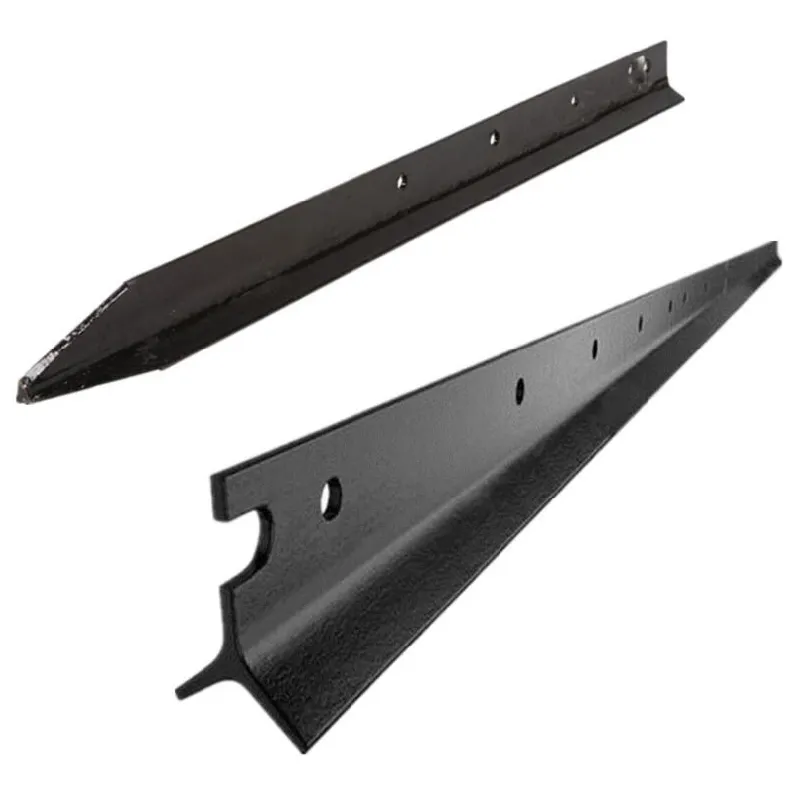
- Afrikaans
- Albanian
- Arabic
- Armenian
- Azerbaijani
- Basque
- Belarusian
- Bengali
- Bosnian
- Bulgarian
- Croatian
- Czech
- Danish
- Dutch
- English
- Esperanto
- Estonian
- Finnish
- French
- Galician
- Georgian
- German
- Greek
- hawaiian
- Hindi
- Hungarian
- Indonesian
- irish
- Italian
- Lao
- Latvian
- Lithuanian
- Luxembourgish
- Macedonian
- Maltese
- Myanmar
- Norwegian
- Polish
- Portuguese
- Romanian
- Russian
- Serbian
- Slovak
- Somali
- Spanish
- Swedish
- Thai
- Turkish
- Turkmen
- Vietnamese
Th12 . 15, 2024 13:47 Back to list
Exploring Options for Temporary Fencing Materials and Their Applications
The Importance of Temporary Fencing Material in Modern Applications
In today's rapidly evolving world, the need for effective barriers is more crucial than ever. Whether for construction sites, events, or crowd control, temporary fencing material serves as a versatile solution to a variety of challenges. This article explores the significance of temporary fencing, its various applications, types of materials used, and the benefits it provides.
Understanding Temporary Fencing
Temporary fencing refers to portable barriers that are used to create a boundary for specific sites or events. Unlike permanent fencing, which requires significant investment and time for installation, temporary fencing is designed for quick deployment and flexibility. This makes it ideal for short-term projects or events that require controlled access or protection of an area.
Applications of Temporary Fencing
1. Construction Sites One of the most common applications of temporary fencing is in construction. It helps secure the perimeter of a worksite, ensuring that only authorized personnel have access to potentially hazardous areas. This not only protects the workers but also prevents unauthorized individuals from entering, thus minimizing liability issues for contractors.
2. Events Temporary fencing is critical in managing logistics for public gatherings, festivals, or sporting events. It helps to control crowds, delineate specific areas for vendors or staging, and maintain safety by preventing access to restricted zones. By clearly marking boundaries, organizers can effectively manage the flow of attendees, creating a safer and more enjoyable environment.
3. Animal Control In agricultural settings or during animal exhibitions, temporary fencing is used to create pens for livestock or to manage wild animals. This not only ensures the safety of both the animals and the public but also simplifies the logistics of transporting them.
4. Emergency Situations Temporary fencing can be deployed in emergency situations, such as natural disasters or construction accidents, to secure areas that may pose a risk. This quick response feature is invaluable in protecting both the affected area and the individuals nearby.
Types of Temporary Fencing Materials
Temporary fencing materials come in various forms, each suited to different needs. Here are some common types
temporary fencing material

1. Chain Link Fencing This is one of the most widely used types of temporary fencing. It provides a robust and visible barrier while allowing for air flow and visibility. Chain link fencing is often used on construction sites due to its durability.
2. Plastic Fencing Lightweight and easy to install, plastic fencing is ideal for events and locations where a less solid barrier is needed. It is often used for crowd control.
3. Wooden Fencing Though heavier and more cumbersome, wooden fencing offers a more aesthetic option. It is often used in outdoor events where the visual appeal is essential.
4. Barricades Often made of heavy-duty plastic or metal, barricades are a great solution for crowd control at events. They can be quickly set up and moved, providing a flexible option for managing large gatherings.
Benefits of Temporary Fencing
1. Flexibility One of the key advantages of temporary fencing is its flexibility. It can be quickly assembled and disassembled, making it perfect for short-term applications. This makes it a cost-effective solution for businesses and event organizers alike.
2. Cost-Effective Compared to permanent fencing solutions, temporary fences are considerably more affordable, particularly for short-term needs. This affordability makes them accessible to a wide range of users—from large corporations to small event planners.
3. Safety and Security By creating a clear boundary, temporary fencing enhances safety and security. It protects workers, attendees, and property, reducing the likelihood of accidents and unauthorized access.
4. Environmental Considerations Many temporary fencing solutions are designed with the environment in mind. For instance, some materials are recyclable, and the lightweight nature of these fences minimizes their carbon footprint during transport.
Conclusion
Temporary fencing material plays an essential role in our modern society, providing security, safety, and flexibility across various applications. From construction sites to public events and emergency situations, it serves as a critical component in effective site management and crowd control. As industries continue to innovate, the use of temporary fencing will likely expand, adapting to meet the changing needs of our environments. Understanding its importance allows individuals and businesses to make informed decisions when it comes to safety, organization, and overall site management.
-
Versatile Sheep and Livestock Hurdles for Sale
NewsApr.14,2025
-
The Rise of BRC Fencing
NewsApr.14,2025
-
High-Quality Cattle and Horse Panels for Sale
NewsApr.14,2025
-
Durable Cattle Fencing Solutions
NewsApr.14,2025
-
Double Wire Fencing Solutions
NewsApr.14,2025
-
360 Degree Protection with 358 Anti-Climb Fences
NewsApr.14,2025









